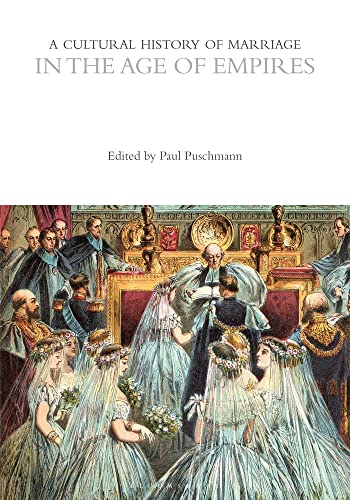
A Cultural History of Marriage in the Age of Empires PDF
235 Pages·2020·14.9215 MB·other
Most books are stored in the elastic cloud where traffic is expensive. For this reason, we have a limit on daily download.
Preview A Cultural History of Marriage in the Age of Empires
Description:
This volume looks at how, during the age of empires (1800–1900), marriage was a key transition in the life course worldwide, a rite of passage everywhere with major cultural significance. While in some ways the institution of marriage became threatened – for instance through rising divorce rates in Western societies – in others it became more anchored than ever before. In Western Europe marriage was increasingly regarded as the only way to reach happiness and self-fulfillment, and romantic partner choice became a new ideal, but material interests remained nevertheless guiding principles in the selection of a partner for life. In the United States former slaves obtained the right to marry and to formalize existing bonds after the Civil War, leading to a convergence in marriage patterns between the black and white population. In Latin America, marriage was and remained less common than in other world regions – due to the prevalence of consensual unions – but marriage rates were nevertheless on the rise. A similar trend was observed in Australia and New Zealand. In African and Asian societies, European colonial powers tried to change the marriage customs of indigenous populations-for instance regarding polygamy and arranged marriages-but sooner or later they had to adapt themselves and their colonial administrations in order to avoid major resistance. In a world of turbulent political and economic change, marriage and the family remained safe havens, the linchpins of society that they had been for centuries.
See more
The list of books you might like
Most books are stored in the elastic cloud where traffic is expensive. For this reason, we have a limit on daily download.
